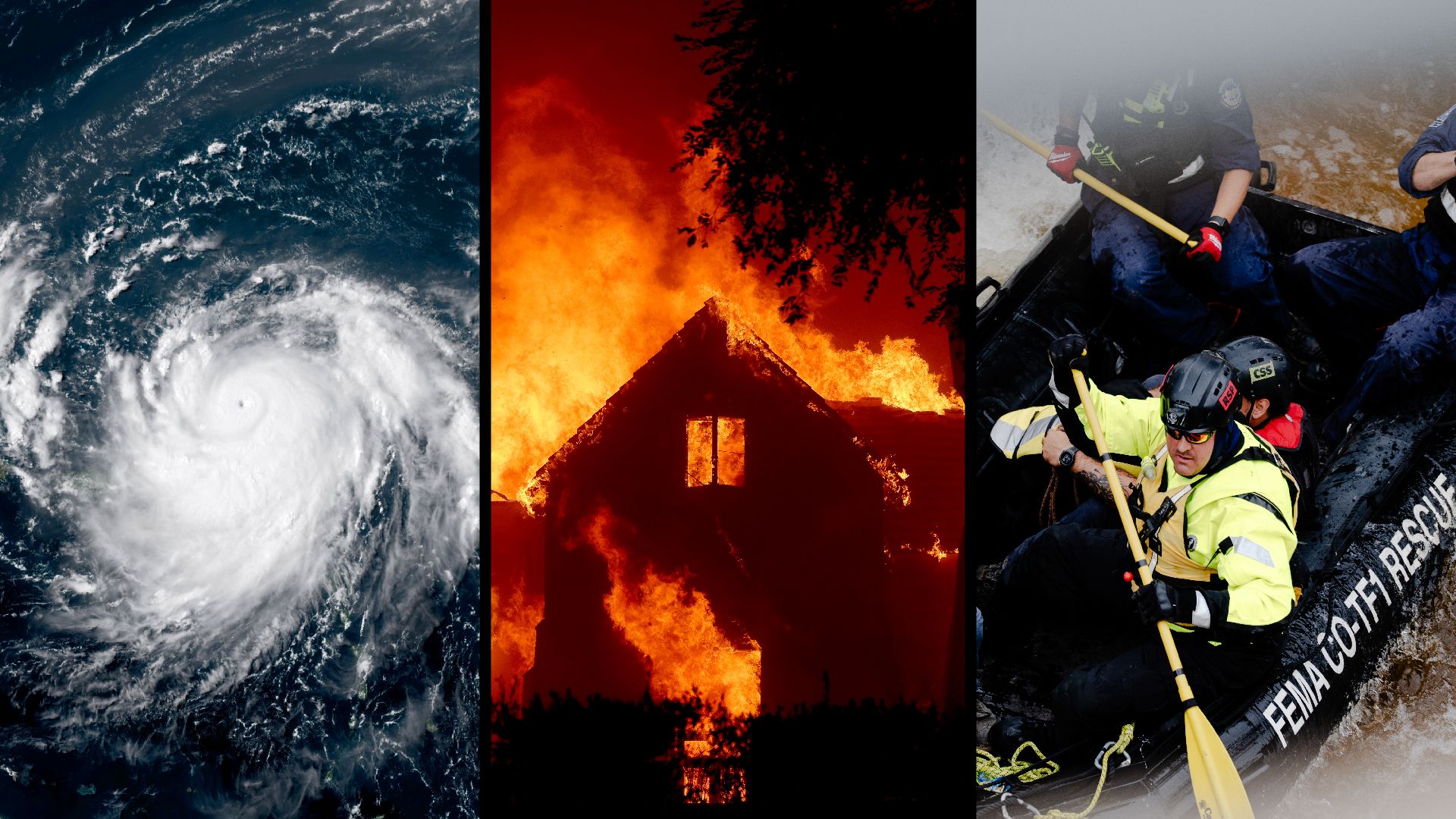A Rare Atmospheric Shift Over Antarctica
Last week, high above Antarctica — near the infamous ozone hole — a dramatic event began to unfold: a Sudden Stratospheric Warming (SSW). This rare phenomenon occurs when strong air currents in the stratosphere abruptly weaken, allowing warm air to pool and surge in temperature by more than 30°C in just a few days.
According to Dr. Martin Jucker, climate scientist at the University of New South Wales, this event marks a rare and powerful disruption in Southern Hemisphere weather patterns.
“When air 30km above the Earth warms this rapidly, it sets off a domino effect that eventually changes the weather we feel at the surface,” Dr. Jucker explains.
Hotter, Drier Conditions in South-East Australia
Already, Australians are feeling the heat. Over the past week, temperatures have surged 5–10°C above average in parts of NSW. In South Australia, predictions point to temperature spikes 8–12°C above normal in the next fortnight.
While it's not the sole cause, Senior Climatologist Zhi-Weng Chua from the Bureau of Meteorology (BoM) says the SSW is likely contributing to the heatwave gripping the country.
A Weather Tug-of-War: Oceans vs. Atmosphere
Interestingly, the SSW isn't acting alone. Another major climate influencer — the negative Indian Ocean Dipole (IOD) — is currently in play. This phenomenon typically brings wetter conditions to eastern and southern Australia.
Combined with a potential La Niña formation later this year, BoM’s long-range forecast is still predicting above-average rainfall for much of the country, despite the warming stratosphere.
“It’s a bit of a tug-of-war,” says Dr. Jucker. “The stratosphere wants dry weather, but the oceans are pushing for rain.”
What’s Next? Forecasts Still Uncertain
BoM is closely monitoring the SSW and its evolving impacts. For now, their wet spring forecast stands, but updates will be issued weekly. The full extent of the SSW’s influence may not become clear until later in the season.
Past SSW events, like the one in 2019, worsened fire conditions, contributing to Australia's devastating bushfire season. But each event is different — especially when interacting with other climate systems like the IOD or La Niña.
Climate Change & The Stratosphere: A Complex Relationship
You might expect more SSWs as the climate warms — but the science is nuanced. Dr. Jucker's research suggests the stratosphere may actually cool in the long term due to climate change, potentially reducing SSW frequency.
However, warmer seas surrounding Australia could push more atmospheric waves upward, possibly increasing the chance of future SSWs.
“It’s tough to say definitively,” Jucker notes. “But the unusually warm oceans right now may be playing a role.”









